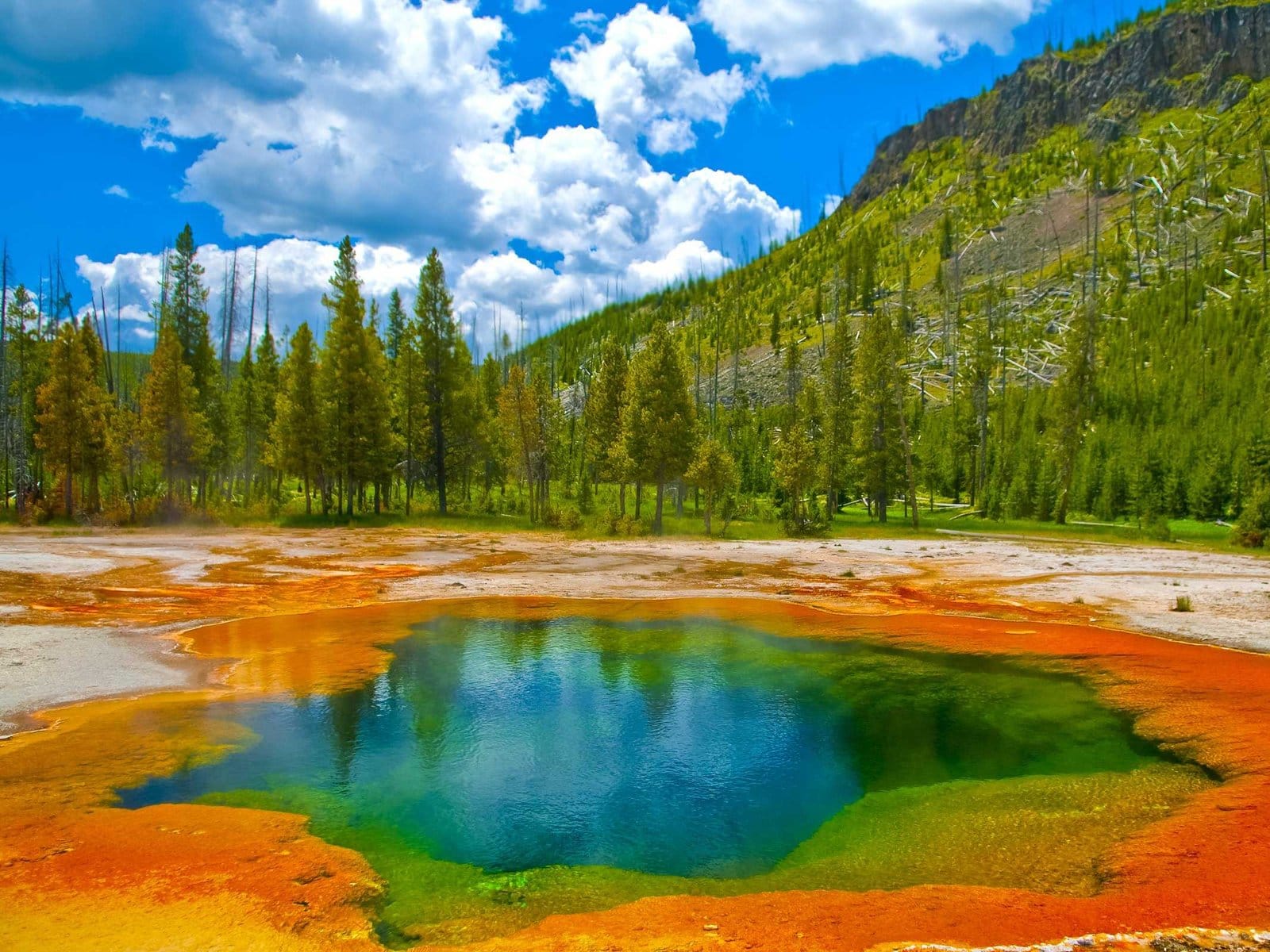Yellowstone National Park, renowned for its stunning landscapes and geothermal features, sits atop one of the largest active volcanic systems in the world. The park’s last major eruption occurred approximately 640,000 years ago, leading to ongoing speculation and concern regarding the potential for future eruptions. In light of these concerns, scientists have been diligently studying the park’s geological activity, utilizing advanced technologies and methodologies to monitor the situation more closely.
Recent research has provided valuable insights into the current state of Yellowstone’s volcanic system. One significant finding is that the ground deformation patterns observed in the park have stabilized over the past few years. Scientists have utilized satellite radar interferometry to measure minute changes in the land’s surface, which can be indicative of volcanic activity. The data collected suggests that the ground is no longer rising at the rates previously recorded, a positive sign that alleviates concerns about an imminent eruption.
In addition to ground deformation studies, scientists have also examined the geothermal features within the park. The presence of hot springs, geysers, and fumaroles indicates ongoing volcanic activity beneath the surface. However, researchers stress that these features do not necessarily correlate with an impending eruption. Instead, they serve as indicators of the underlying geothermal processes that are constantly at work.
Another aspect of the research involves monitoring seismic activity within the park. Yellowstone experiences thousands of earthquakes each year, most of which are minor and go unnoticed by visitors. However, scientists have noted that the frequency and magnitude of seismic events have remained relatively stable, further suggesting that there is no immediate cause for alarm regarding an eruption.
The geological history of Yellowstone is a critical component of understanding its future. The park’s caldera, formed by past explosive eruptions, is a reminder of the potential power of the volcanic system. Researchers have been able to reconstruct the timeline of past eruptions, providing context for the current state of the park. While the geological record indicates that Yellowstone has the potential for significant eruptions, the intervals between such events are vast, often spanning hundreds of thousands of years.
Public interest in Yellowstone’s volcanic activity often leads to heightened concern among visitors and residents of surrounding areas. To address these concerns, scientists have made efforts to communicate their findings effectively. Educational programs and outreach initiatives aim to inform the public about the natural processes at work in the park, emphasizing that while Yellowstone is an active volcanic system, the likelihood of a catastrophic eruption in the near future remains low.
Moreover, the National Park Service collaborates with the Yellowstone Volcano Observatory to ensure that monitoring efforts are comprehensive and up to date. This partnership allows for a coordinated approach to research and public safety, ensuring that any significant changes in volcanic activity are detected and communicated promptly.
As research continues, scientists remain vigilant in their monitoring efforts. The integration of new technologies, such as drones and advanced seismic sensors, enhances the ability to gather data and analyze the park’s geological processes. This ongoing research not only contributes to a better understanding of Yellowstone but also aids in the broader study of volcanic systems worldwide.
In conclusion, while the potential for volcanic activity at Yellowstone National Park is a topic of significant interest and concern, recent scientific findings suggest that there is no immediate threat of an eruption. The stabilization of ground deformation, the consistent patterns of seismic activity, and the ongoing monitoring of geothermal features all indicate that the park’s volcanic system is currently in a state of equilibrium. As researchers continue to study this remarkable natural wonder, their efforts will not only contribute to the safety and awareness of visitors but also enhance our understanding of the complex geological processes that shape our planet.



